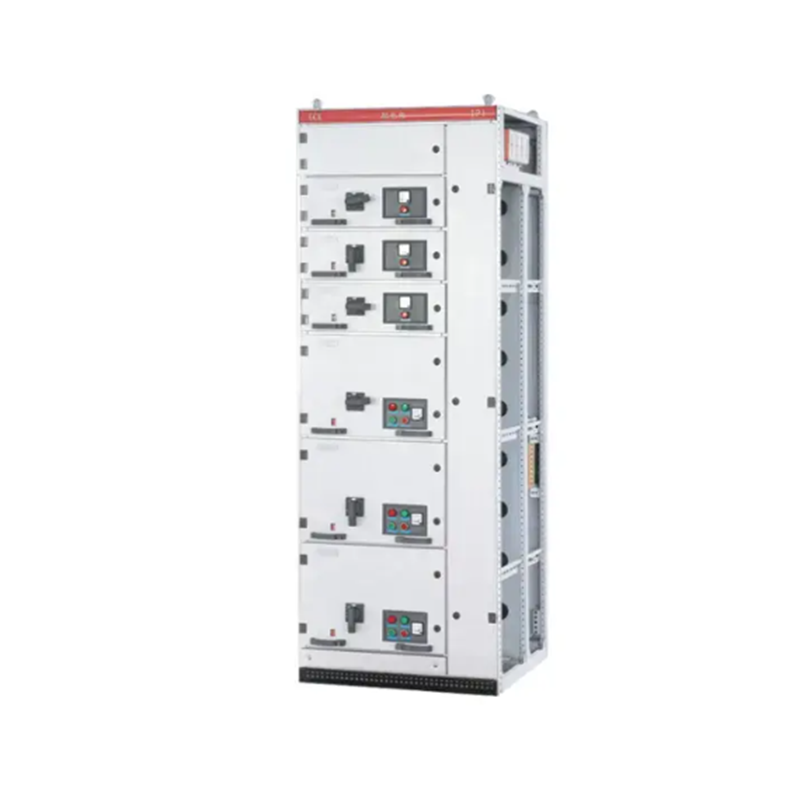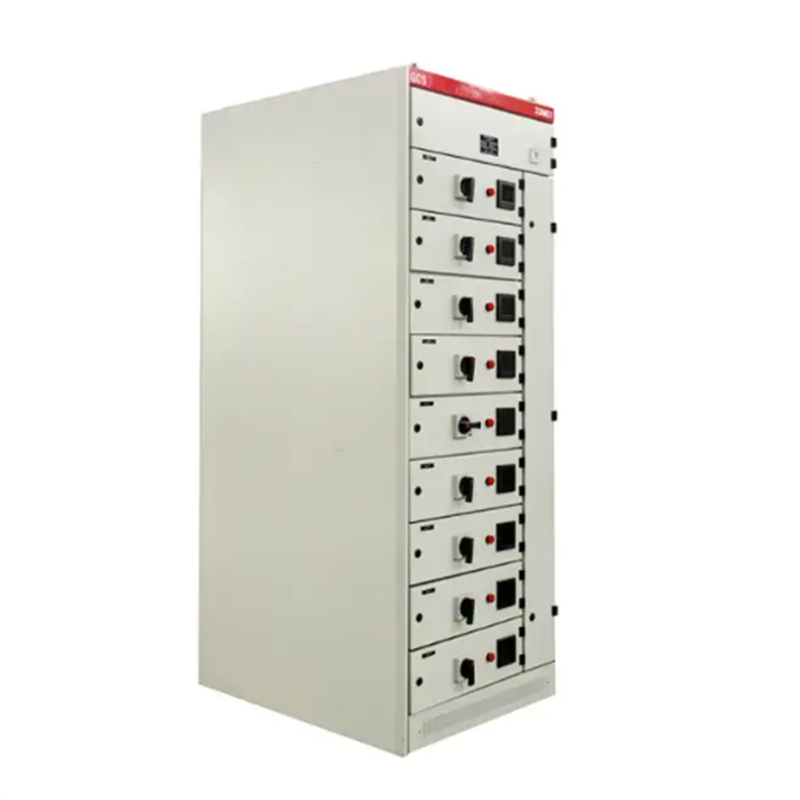In the dynamic world of electricity, the need for reliable and efficient control and protection of electrical circuits is of paramount importance. This is where low voltage switchgear comes into play. Low voltage switchgear is rated at 1000 volts and below and is designed to ensure the seamless operation of power distribution systems and ensure safe use in industrial and commercial buildings and infrastructure applications. In this blog, we'll take an in-depth look at the benefits and features of low voltage switchgear, discuss its two main types and highlight its key components.
Types of low voltage switchgear:
Low-voltage switchgear can be divided into two categories: fixed type and withdrawable type. Fixed switchgear is permanently installed and provides a robust and durable solution for electrical system control. However, due to its immovability, the entire system must be shut down during maintenance or replacement. On the other hand, withdrawable switchgear offers the flexibility of easy removal without affecting the rest of the system. This feature enables efficient maintenance, reducing downtime and system disruption.
The key components:
The function of low-voltage switchgear depends on its key components. These include circuit breakers, contactors, relays, fuses and disconnect switches. These components work in harmony to provide vital protection against overcurrents, short circuits, and other electrical faults. In addition, they can control the current flow to different parts of the system, ensuring efficient energy management. This comprehensive set of components not only enhances the safety of the electrical system, but also contributes to the reliability and longevity of the entire installation.
Advantages of low voltage switchgear:
Choosing high-quality low-voltage switchgear can bring several advantages to your electrical system. First, it provides strong circuit protection against electrical damage due to short circuits or overcurrent. By isolating faulty circuits, low voltage switchgear helps locate problems to minimize downtime and maintain continuity of operation. Second, the draw-out type is easy to maintain and replace without shutting down the entire system. This cost-effective solution enables efficient troubleshooting and ensures maximum convenience for maintenance personnel. Finally, low-voltage switchgear increases energy distribution efficiency, optimizes power usage and reduces energy waste.
application:
The versatility of low voltage switchgear allows it to be used in a variety of applications. From power distribution systems to industrial and commercial buildings and infrastructure projects, low voltage switchgear is a vital control mechanism. In power distribution networks, it acts as a protective barrier, minimizing electrical faults and facilitating the smooth flow of electricity. Industrial and commercial buildings rely on low voltage switchgear for circuit protection and efficient energy management. In addition, infrastructure projects such as hospitals, data centers and transportation networks use low-voltage switchgear to ensure uninterrupted power supply for critical infrastructure and public safety.
in conclusion:
Low-voltage switchgear is an indispensable part of modern electrical systems. Its two main types and the key components they contain contribute to seamless circuit control, efficient energy management and enhanced safety. By providing reliable protection against electrical faults and providing flexibility in maintenance procedures, low voltage switchgear plays a vital role in minimizing downtime and optimizing the performance of power distribution systems. Embracing the benefits and capabilities of low voltage switchgear is critical to achieving efficient and reliable electrical system operation.


Post time: Aug-19-2023














